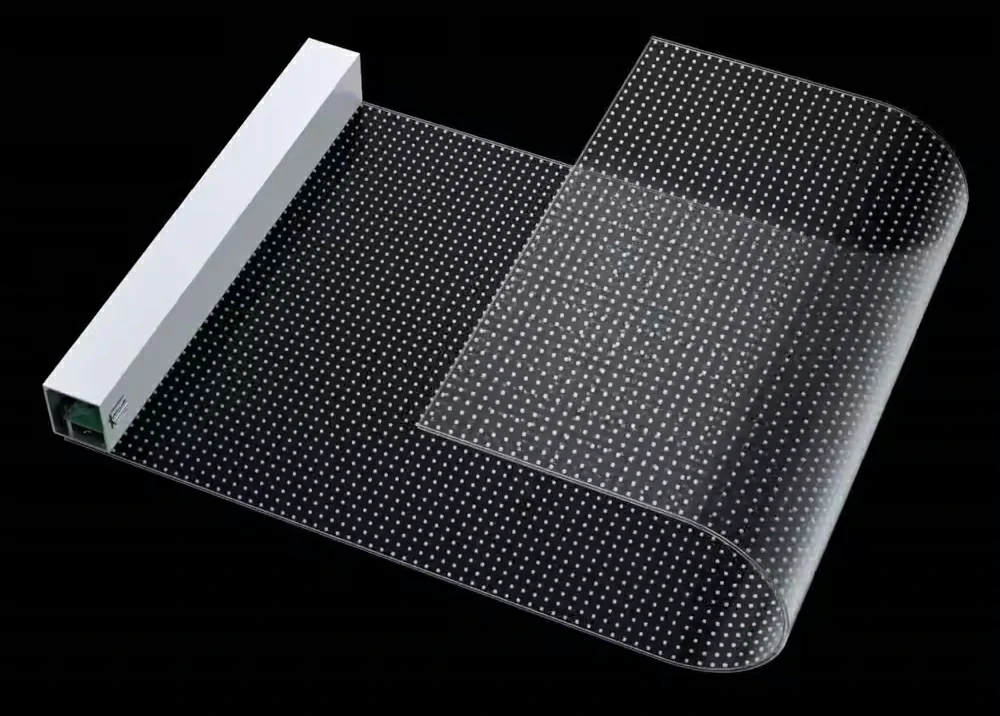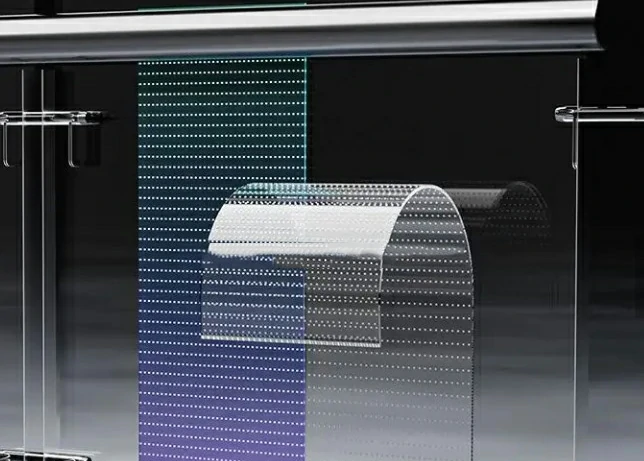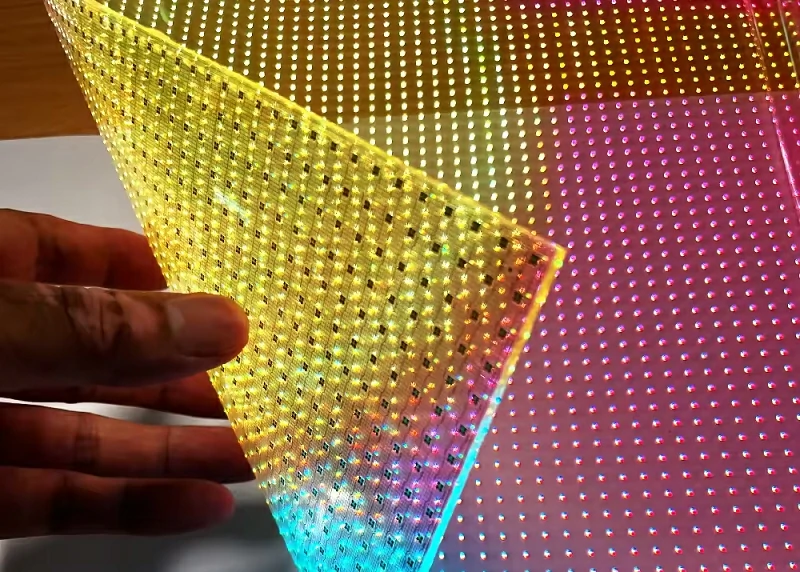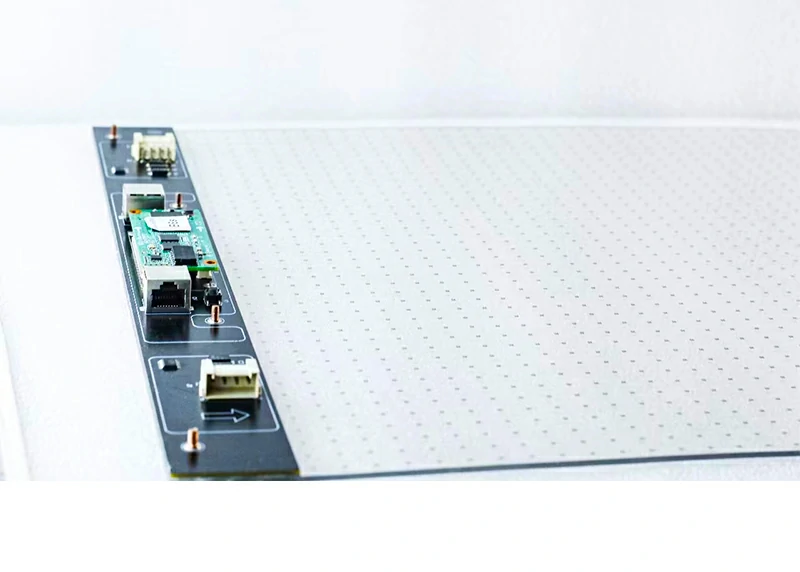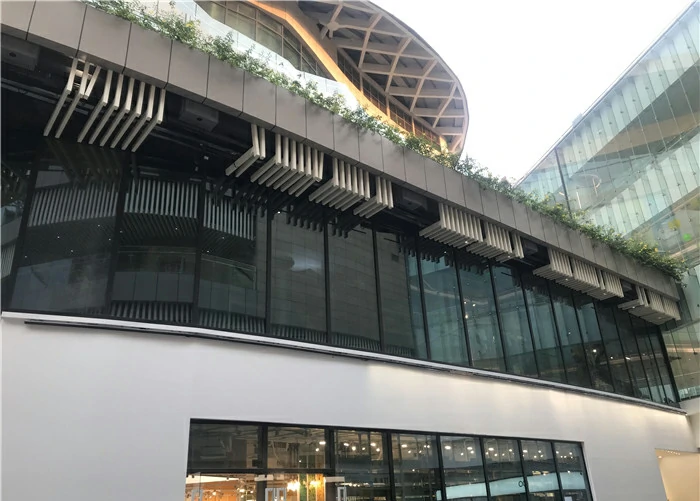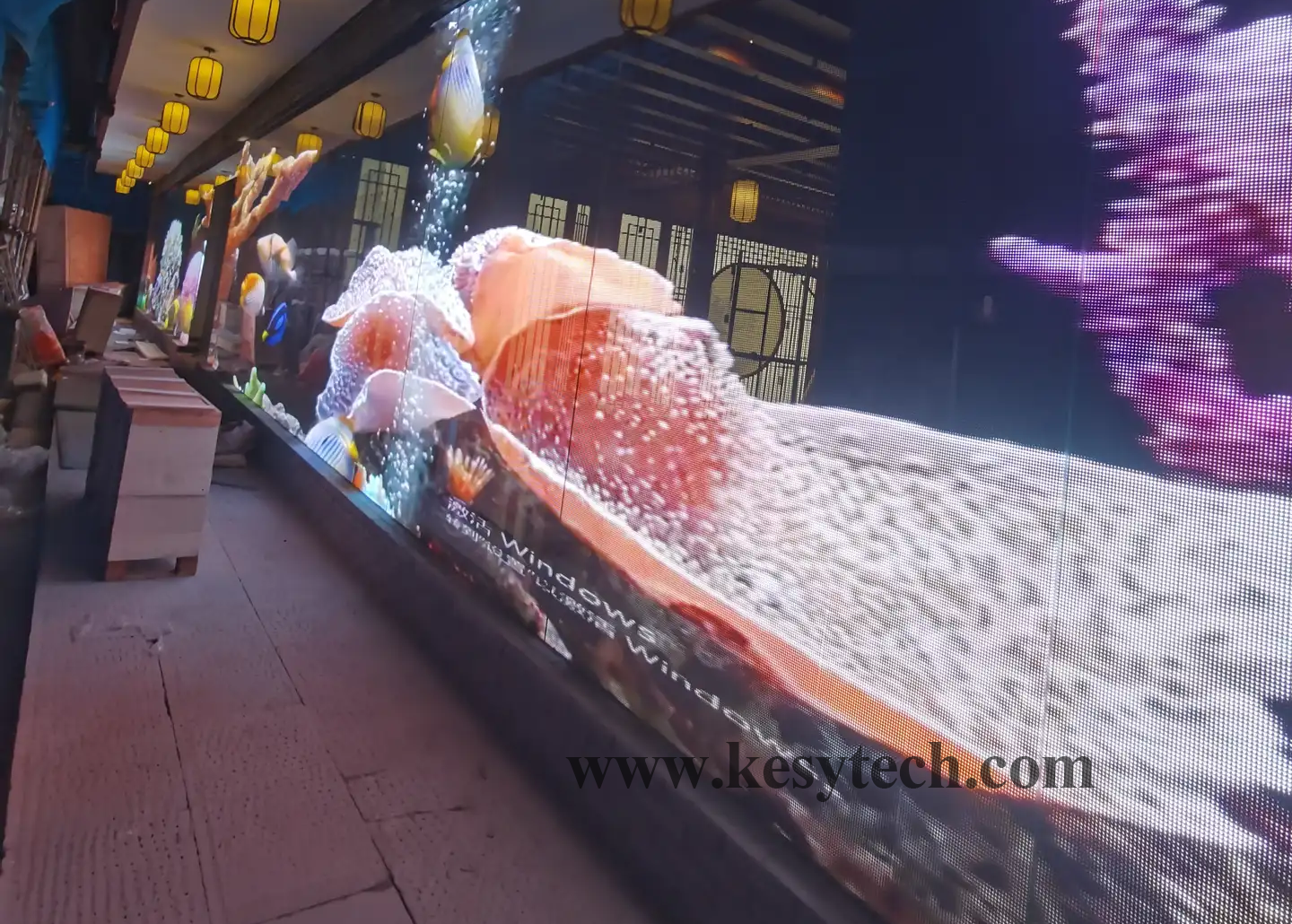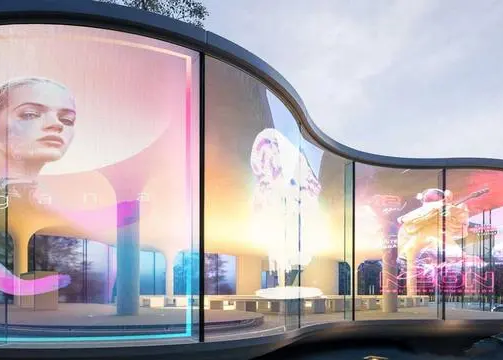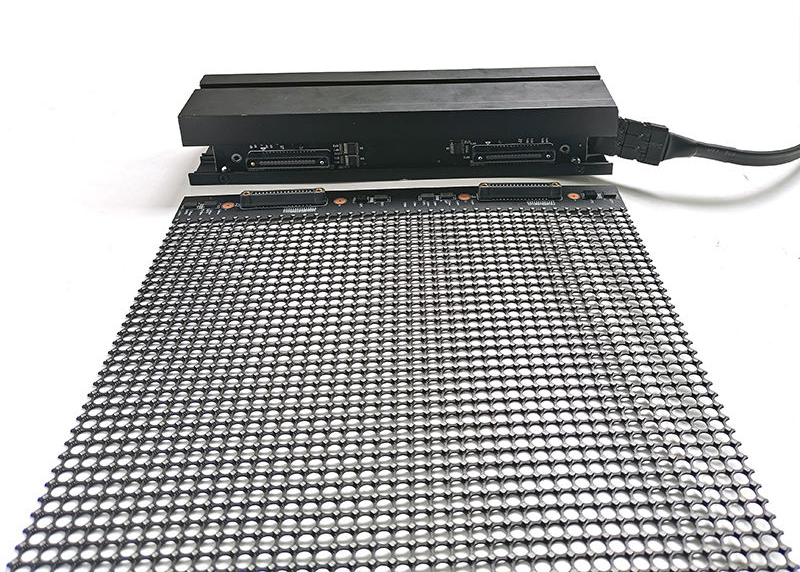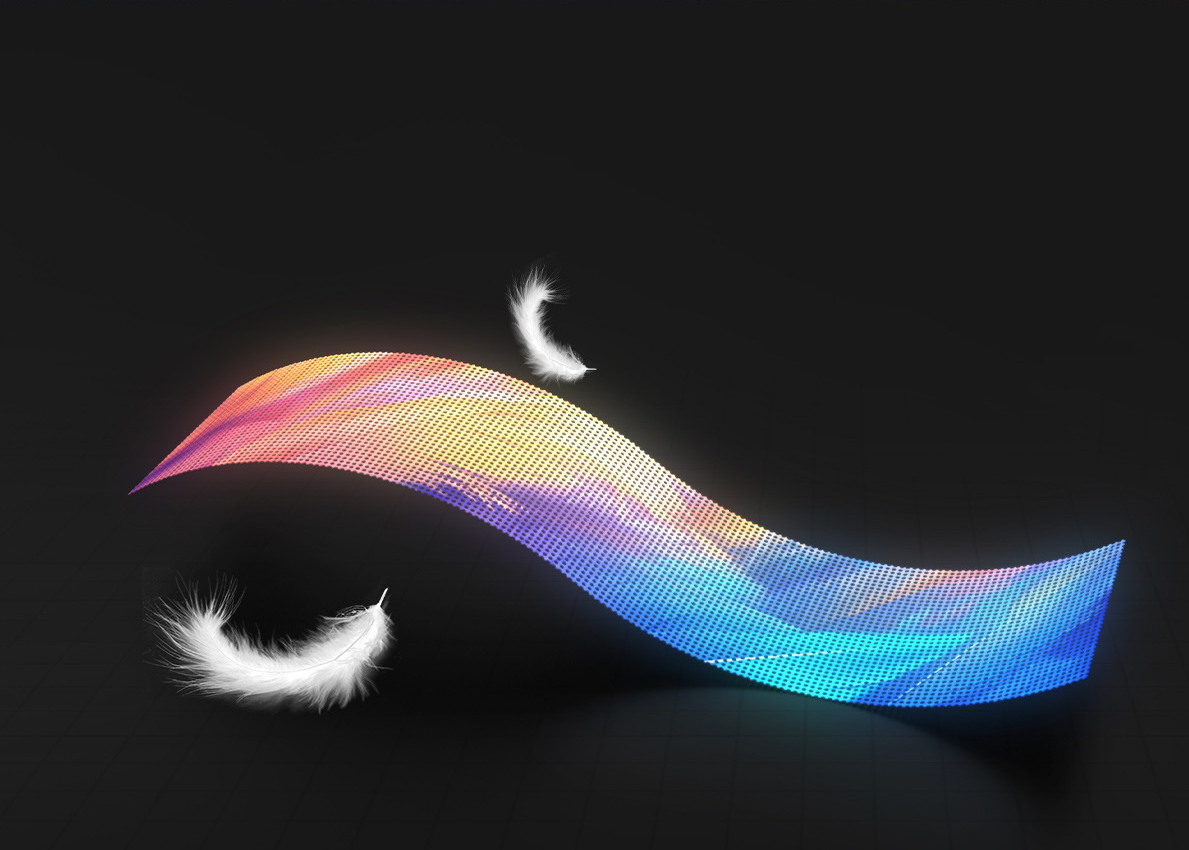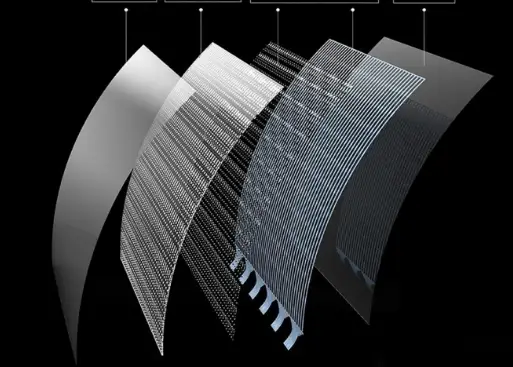I have been working in the commercial display industry for 13 years, starting as a worker and eventually starting my own business. I believe my analysis of transparent screens can be helpful to you. In the field of commercial displays, small-pitch, and conventional LED displays still dominate the market due to their high resolution and reliability. However, the rapid development and popularization of transparent screen technology are also changing the market landscape. Transparent displays have been widely used in shopping mall windows, exhibitions, interior decorations, and other scenarios due to their unique visual effects and high light transmittance. With the advancement of technology, the trend towards diversification of transparent screens has become more apparent, improving the user experience and opening up new commercial application scenarios. Although traditional LED displays remain the mainstream, transparent screens are gradually gaining a foothold in the market and showing broad application prospects.
Currently, there are six types of transparent screens on the market: photonic chip transparent screen, LED holographic transparent screen, LED transparent crystal film screen, transparent holographic projection, OLED transparent screen, and LCD transparent screen. Now I will detail these five transparent screen display technologies and their characteristics.
1. Photonic chip transparent screen
Photonic chip transparent display technology adjusts the multi-layer structure of transparent medium materials, regulating light in the direction of the projector while allowing light in other directions to pass through completely. This way, all transparent media (glass, acrylic, etc.) can be turned into high-definition and bright displays. It features full transparency, ultra-high definition, full color, low cost, unlimited size splicing, and wider application scenarios.
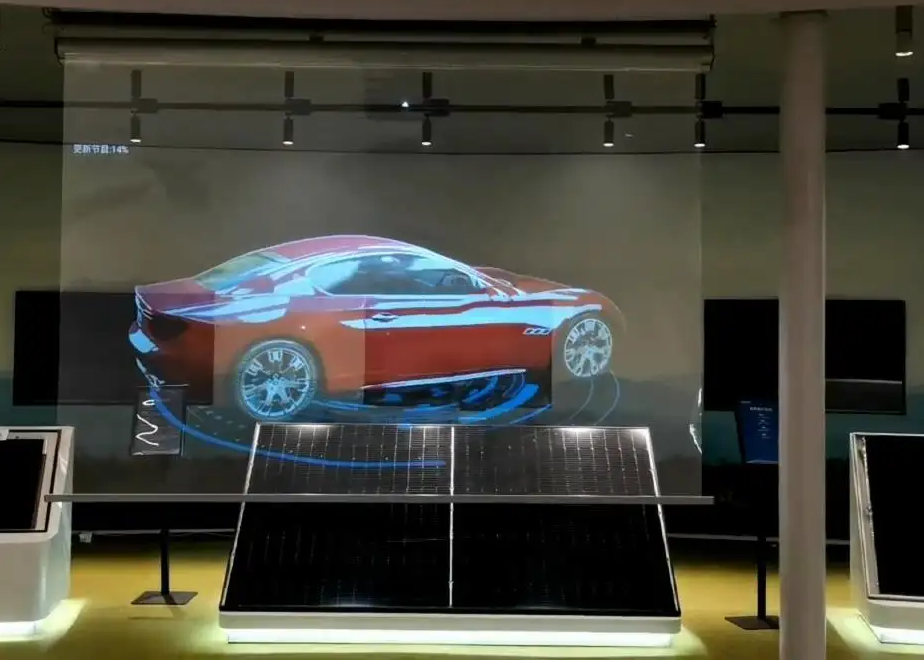
2. LED holographic transparent screen [1]
LED is a micro-light-emitting diode display, a self-luminous display technology. The luminous pixels are composed of LED crystals smaller than 10 microns. Due to the small size of the luminous pixels, it inherently makes excellent transparent screens. It resolves image issues caused by conventional LED displays. Key features include a transparency rate as high as 90%, no obstruction of the line of sight, and a transparent, gorgeous image effect. The LED holographic transparent screen has a keel-free, borderless design, making it lighter, more transparent, and more stable. It can also be installed indoors for product displays in physical stores, and its 3D stereoscopic effect captures attention. The new circuit design of the LED transparent screen differs from conventional LED displays and offers better heat dissipation. This transparent screen is very popular in the market. At the end, I will discuss the advantages and characteristics of this LED holographic screen separately.
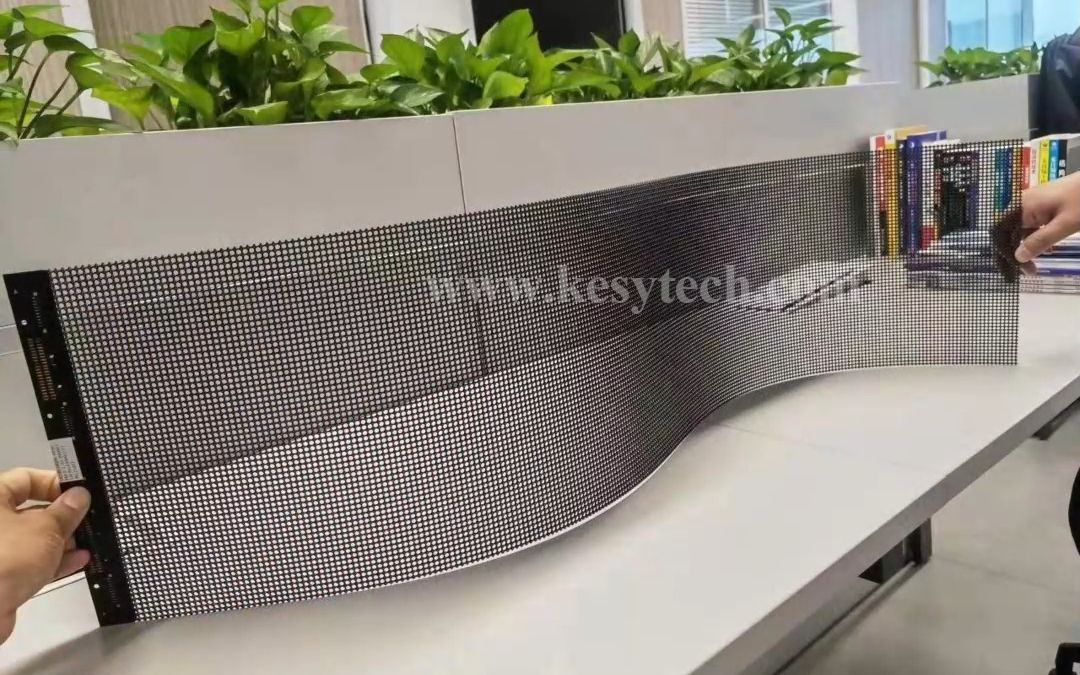
3. LED transparent crystal film screen [2]
The flexible LED transparent display is an upgraded and innovative design based on the conventional LED transparent screen. The hard light bar or PCB board is removed, making the screen thinner, more transparent, flexible, and bendable. The flexible LED transparent display can be used as a conventional display or in special display fields, such as creative special-shaped screens, columnar screens, spherical screens, curved screens, etc. It is widely used in glass curtain walls, shopping mall advertisements, exhibitions, creative art landscapes, and other scenes.
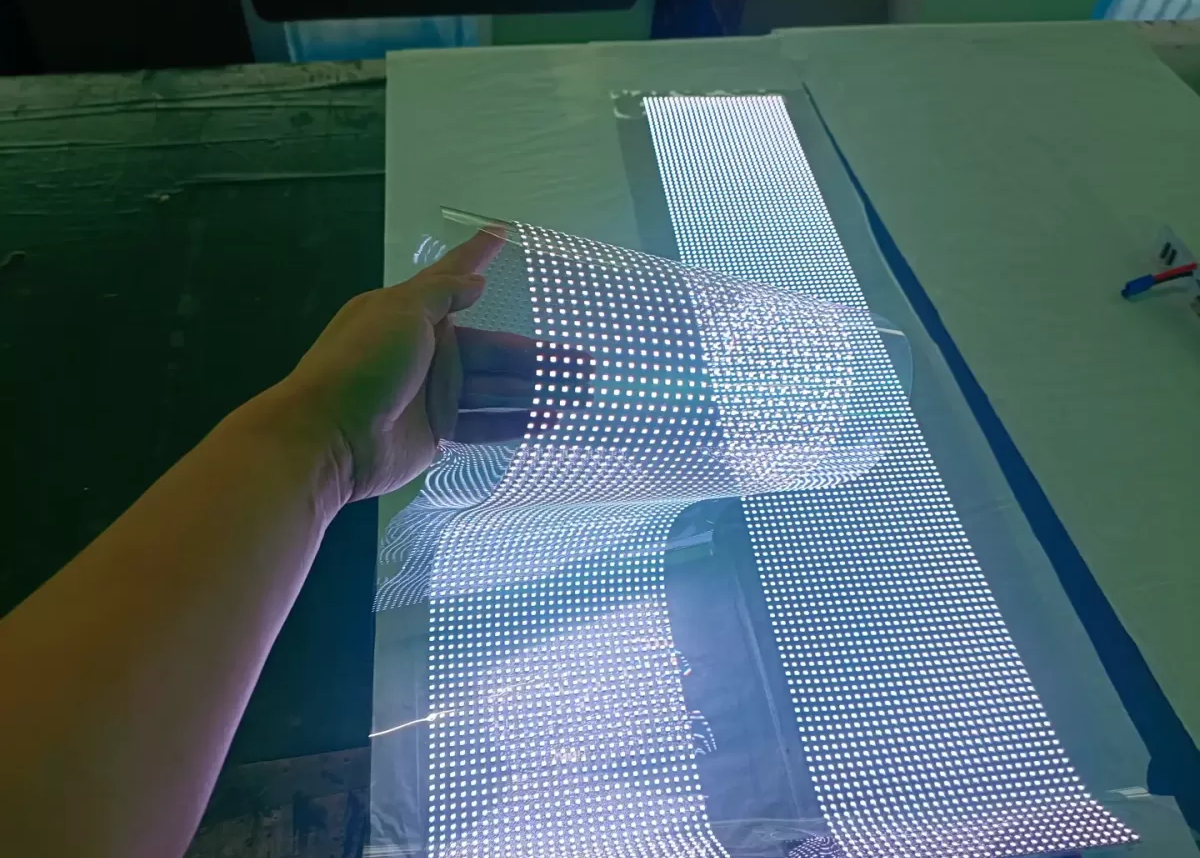
4. Transparent holographic projection
It can produce a three-dimensional aerial illusion and allow the illusion to interact with the performer, creating a stunning performance effect. Applications include product exhibitions, car clothing conferences, stage shows, interactions, bar entertainment, and venue interactive projection.
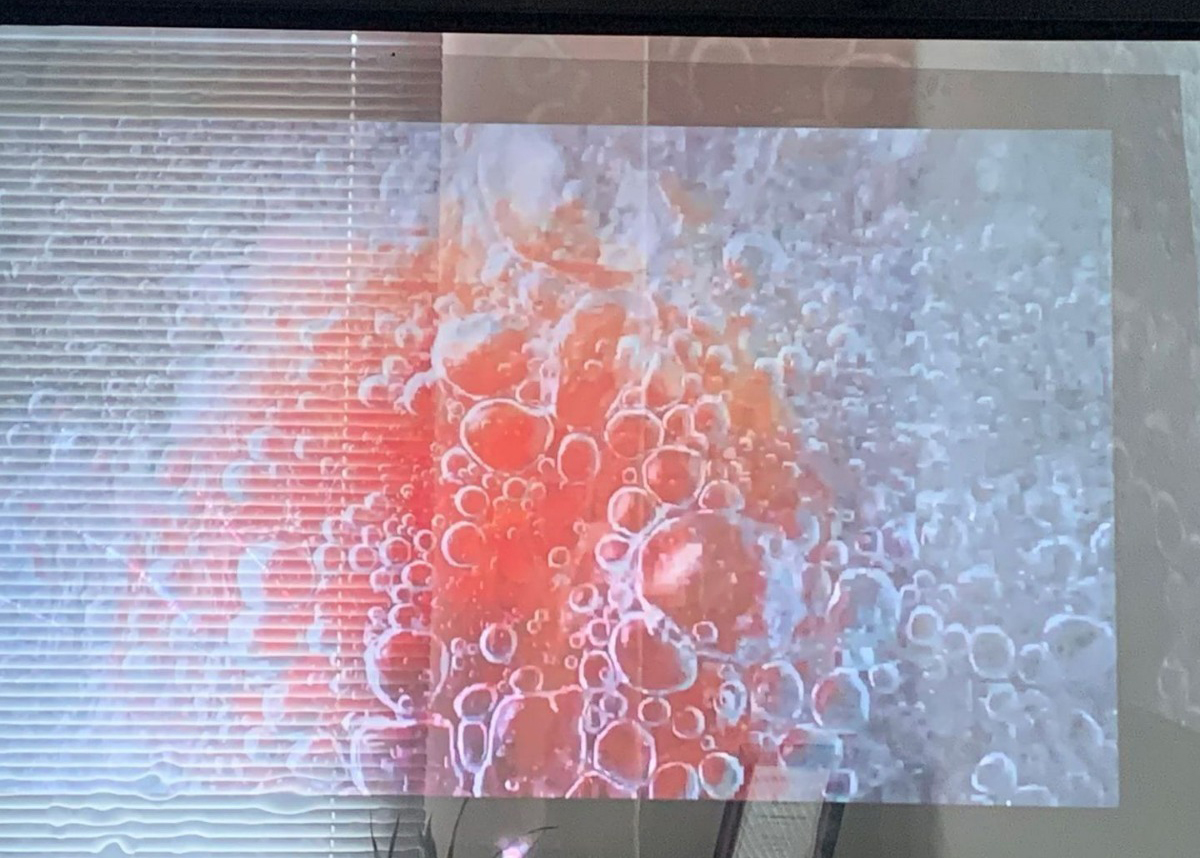
5. OLED transparent screen
OLED transparent screens leverage their self-luminous and thin characteristics, with thicknesses around 1mm. Products like watches, TVs, and windows made with this technology have a unique appeal. Although OLEDs are very thin, the transmittance of the LTPS (low-temperature polycrystalline silicon) driving circuit and some functional layers used is very low. Therefore, achieving a transparent screen requires rearranging the circuit or replacing the opaque functional layer with a transparent material to obtain higher transmittance.
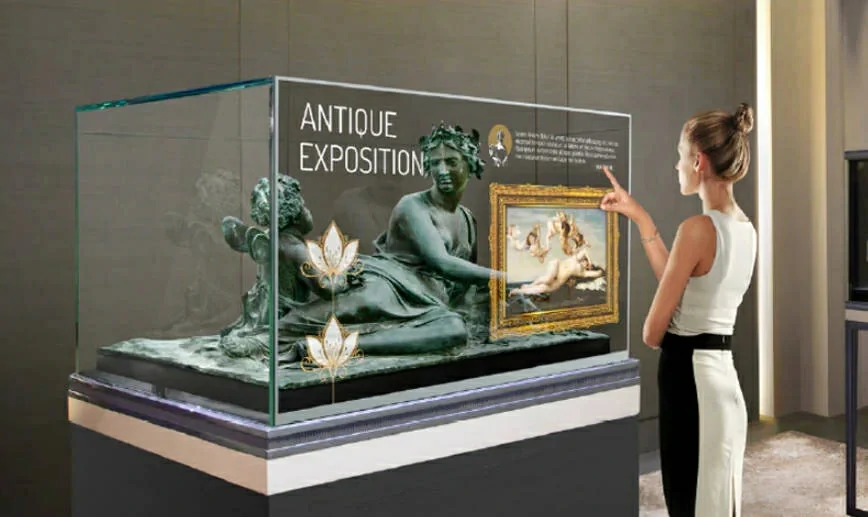
6. LCD transparent screen
LCD is a non-self-luminous display technology. It relies on the light emitted by the backlight source to display different colors through red, green, and blue color films. To use LCD technology to achieve a transparent screen, there are generally two methods. The first is to remove the backlight source and use external light as the light source to achieve transparency. The second is to rearrange the backlight module and place the backlight source on the side of the display. The former is suitable for large-size panels, while the latter is suitable for small-size products. The LCD transparent screen is energy-saving and environmentally friendly, adopts wide-viewing angle technology with full HD and a wide viewing angle, and makes the display effect more exciting, improving image quality comprehensively. The LCD transparent screen can interconnect network and multimedia technology and publish information in media form.
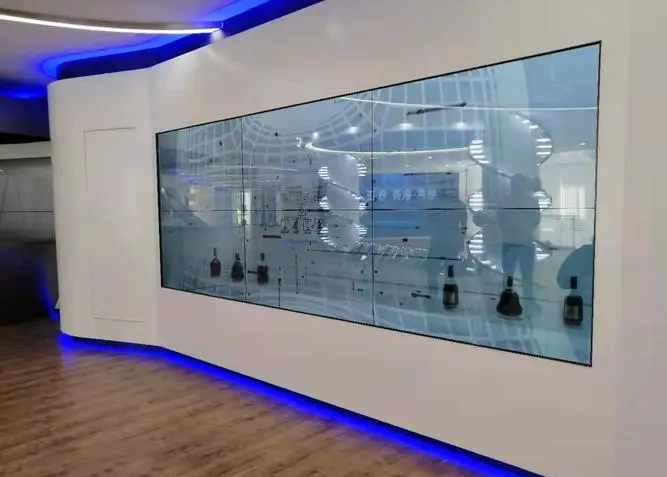
These are the technical features of six common transparent screens. You can make a reasonable choice based on the characteristics of each product.
Advantages and features of LED holographic screens[3]
One. Ultra-thin design
The thickness of the LED holographic transparent screen is less than 2MM. It is light and transparent and does not block the background, making the visual effect more transparent. Weighing only 3 kg per square meter, it is bendable, cuttable, and flexible to use, just like a large film. It uses a special adhesive with a bonding force equivalent to 6 kg/m2 and is firmly adsorbed on transparent glass.
Two. High definition and brightness
The sensory permeability of the entire series of products can reach over 80%, and the number of pixels in the same area is 4 to 5 times that of other products on the market. There is no stripe segmentation effect, and the pixels are invisible to the naked eye from 3 meters away, making it truly HD highlights.
Three. Autonomous driver IC
The use of a self-developed IC with an extremely strong driving force, coupled with high-quality materials and full-standard processes, ensures the high performance and stability of the holographic transparent screen. With high standards of craftsmanship and clever design, the entire screen is truly transparent. Pixels with equal spacing P3.91 can achieve 80% sensory transparency, and pixels with equal spacing P6.25 can achieve 90% sensory transparency. They are mounted on transparent glass and displayed as a screen. When the lights are off, it is a transparent film screen.
Four. Immersive experience
The design of the LED holographic transparent screen enables the three-dimensional fusion of the scenes before and after the screen and the images on the screen, forming a strong three-dimensional sense of suspension and bringing an immersive experience to users.
Five. Energy saving and environmental protection
The LED holographic transparent screen uses energy-saving and environmentally friendly materials. The design aims for ultra-light, ultra-thin, and high transparency, significantly reducing energy consumption. Unlike traditional LED displays, transparent LED screens have a softer display effect and reduce light pollution’s impact on the environment. The materials used are environmentally friendly and can be recycled and reused, reducing the environmental burden at the source. The holographic screen optimizes energy use through an intelligent control system, further improving energy-saving effects.


